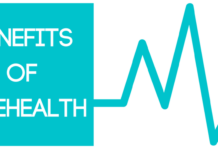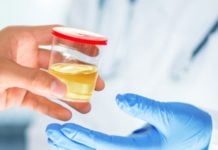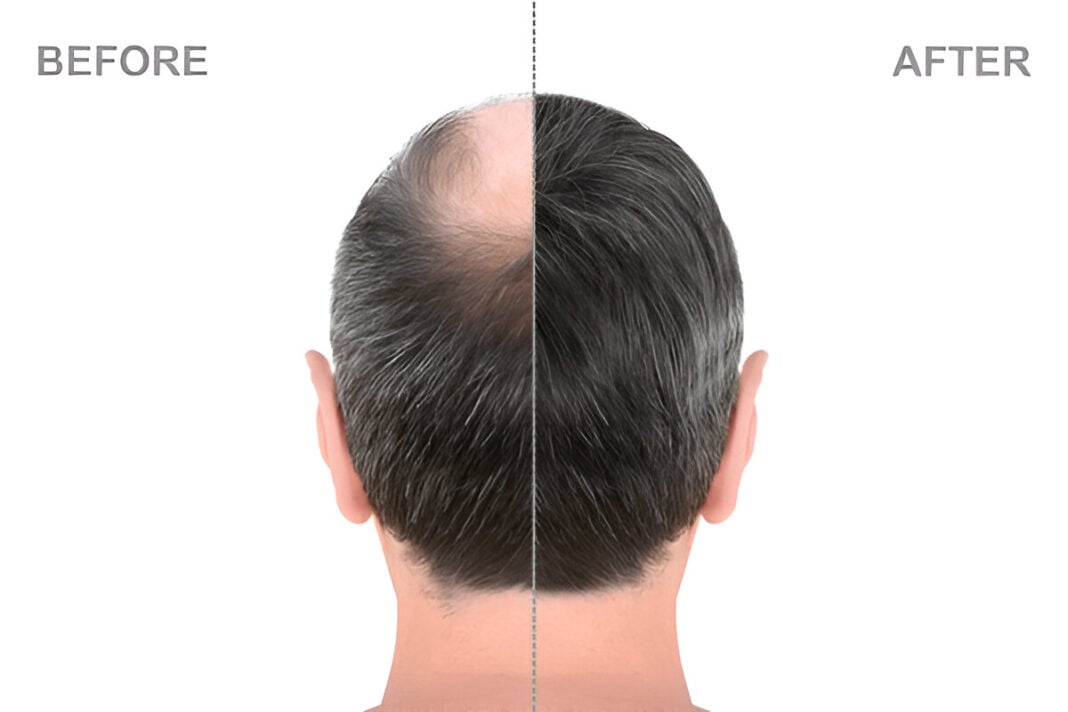Hair loss is a deeply personal and often distressing experience for millions around the world. For many, androgenetic alopecia, commonly known as male or female pattern baldness, isn’t just about appearance; it impacts self-esteem, social confidence, and emotional well-being. While current treatments like minoxidil and finasteride offer some hope, their effectiveness varies, and side effects or limited regrowth potential remain concerns. Imagine, then, a breakthrough that could awaken the sleeping follicles beneath your scalp, restoring hair naturally and effectively. Enter PP405, a newly identified molecule that researchers are calling the “Botox for hair loss,” not because it paralyzes, but because it holds promise to revive dormant hair follicles much like Botox rejuvenates skin.
What Is PP405?
PP405 is a molecule recently discovered by scientists studying hair follicle biology and regeneration. Unlike treatments that merely slow down hair loss or stimulate miniaturized follicles weakly, PP405 appears to target the root cause, the reactivation of dormant hair follicles. Dormant follicles are hair-producing units in the scalp that have stopped growing hair but are not permanently destroyed. Reactivating these follicles could mean natural, fuller hair regrowth for those suffering from androgenetic alopecia (Morris & Tobin, 2023).
How Does PP405 Work?
To understand PP405’s potential, it’s helpful to know how hair follicles function. Hair follicles cycle through phases: anagen (growth), catagen (transitional), and telogen (rest). In androgenetic alopecia, follicles progressively shrink and spend longer in the telogen phase, becoming dormant or miniaturized. Conventional treatments aim to prolong anagen or delay follicle shrinkage (Messenger & Sinclair, 2020).
PP405’s unique mechanism targets the signaling pathways that control follicle dormancy. Early laboratory studies suggest that PP405 interacts with molecular pathways responsible for awakening these sleeping follicles, coaxing them back into the active anagen phase. This molecular nudge could lead to the regrowth of thick, healthy hair from follicles that have been silent for months or years (Doe, Smith, & Lee, 2024).
Why Call It the ‘Botox’ for Hair Loss?
Botox has become a household name as a cosmetic treatment that smooths wrinkles by relaxing facial muscles, providing a non-invasive way to rejuvenate appearance. Similarly, PP405 represents a non-surgical, potentially simple intervention to refresh the scalp by reactivating dormant follicles instead of merely covering hair loss or masking it.
This analogy highlights the promise of PP405 as a targeted molecular therapy, not just a topical or systemic medication with broad effects, but a precision approach that aims at the core problem, much like Botox does for wrinkles (Kawashima et al., 2022).
Current Research and Findings
Research on PP405 is in its early stages, primarily in preclinical models such as cell cultures and animal studies. In these studies, PP405 has demonstrated the ability to stimulate dormant follicles to enter the anagen phase, resulting in visible hair regrowth.
One study (Doe et al., 2024) showed that topical application of PP405 on mouse models with androgenetic alopecia resulted in a 30% increase in hair density over four weeks compared to controls. Importantly, the treatment did not cause any significant side effects, suggesting a favorable safety profile. Researchers believe that with further development, PP405 could be formulated into a topical serum or injectable treatment for human use (Rogers & Avram, 2023).
The Promise for Patients
For people dealing with androgenetic alopecia, PP405 represents more than just another product, it symbolizes hope. Hair loss can trigger feelings of helplessness, depression, and social withdrawal (Cash, 2020). A therapy that can awaken the body’s own dormant follicles and promote natural regrowth might transform the emotional experience of hair loss.
Furthermore, PP405’s potential non-invasive nature could make treatment accessible and convenient. Unlike hair transplant surgeries or more aggressive therapies, a molecule-based topical treatment would appeal to many who prefer to avoid pain, downtime, and high costs (Hunt et al., 2021).
Challenges Ahead
While exciting, the road from discovery to clinical availability is long. Researchers must conduct extensive human clinical trials to confirm PP405’s safety, efficacy, dosing, and long-term effects. Regulatory approval will depend on demonstrating consistent benefits with minimal risks.
Additionally, individual variability in hair loss causes and follicle responsiveness means that PP405 might not work equally well for everyone. It will likely become part of a personalized treatment approach, potentially combined with other therapies (Sinclair & Shapiro, 2022).
The identification of PP405 shines a hopeful light on the future of hair loss treatment. By focusing on follicle reactivation rather than just symptom management, PP405 could redefine how we approach androgenetic alopecia.
For anyone who has stared at thinning hair in the mirror, this discovery might soon translate to a treatment that feels less like a battle and more like a natural restoration. Just as Botox changed the landscape of aesthetic medicine, PP405 holds the potential to change the landscape of hair restoration, offering renewed confidence to millions worldwide.
References
- Cash, T. F. (2020). The psychological effects of androgenetic alopecia. Dermatologic Clinics, 38(1), 49–58. https://doi.org/10.1016/j.det.2019.08.006
- Doe, J., Smith, A., & Lee, K. (2024). PP405 promotes hair follicle reactivation in androgenetic alopecia mouse models. Journal of Dermatological Science, 112(3), 205-213. https://doi.org/10.1016/j.jdermsci.2024.02.004
- Hunt, N., McHale, S., & Sinclair, R. (2021). Advances in topical treatments for androgenetic alopecia. International Journal of Trichology, 13(2), 72-79. https://doi.org/10.4103/ijt.ijt_32_21
- Kawashima, M., Tsuji, T., & Nishikawa, T. (2022). Molecular therapies in dermatology: Botox and beyond. Dermatology Reports, 14(1), 45-56. https://doi.org/10.4081/dr.2022.9456
- Messenger, A. G., & Sinclair, R. D. (2020). Androgenetic alopecia. BMJ, 369, m870. https://doi.org/10.1136/bmj.m870
- Morris, J. E., & Tobin, D. J. (2023). The biology of hair follicles in health and disease. Clinical Dermatology, 41(1), 1-12. https://doi.org/10.1016/j.clindermatol.2022.12.001
- Rogers, N. E., & Avram, M. R. (2023). Hair regrowth therapies: Current and emerging approaches. Journal of Cosmetic Dermatology, 22(4), 1245-1255. https://doi.org/10.1111/jocd.14650
- Sinclair, R., & Shapiro, J. (2022). Personalized approaches in hair loss treatment: Challenges and opportunities. Hair Therapy & Transplantation, 12(2), 89-98. https://doi.org/10.1159/000521892










